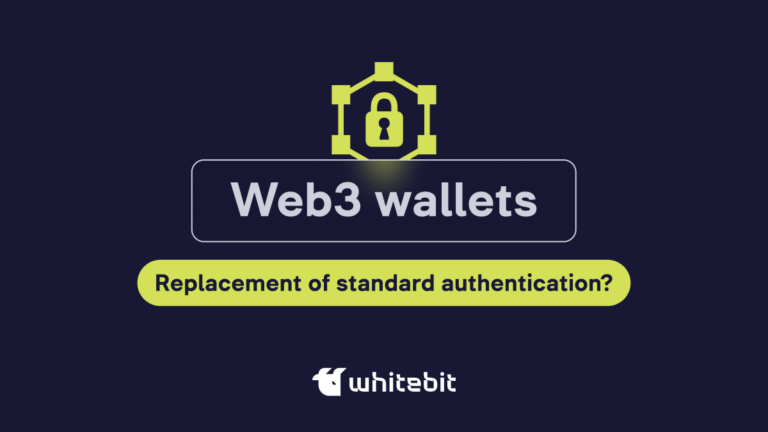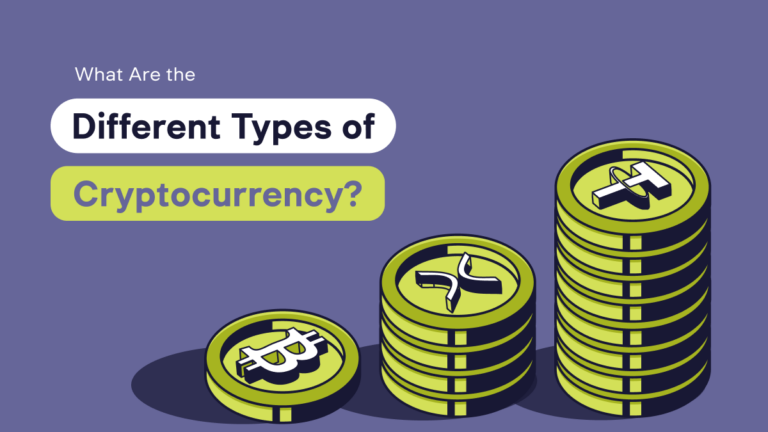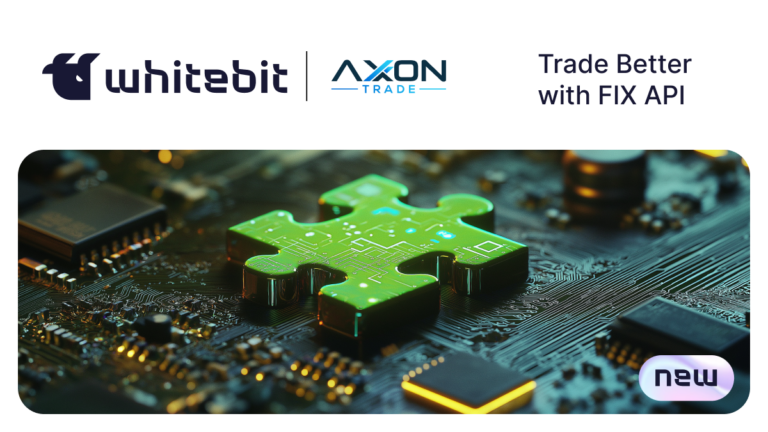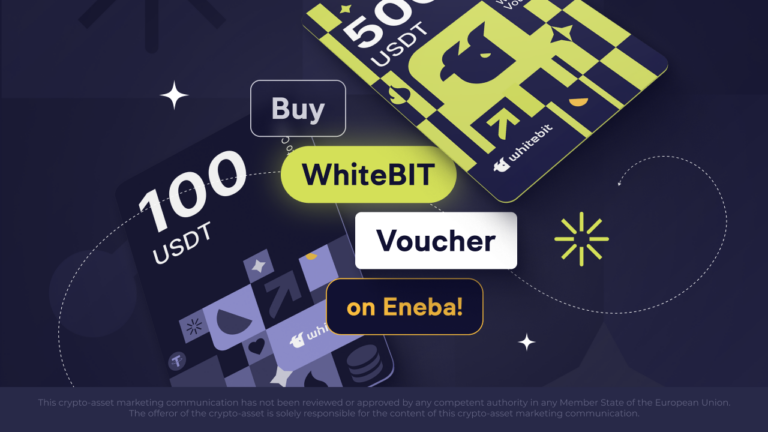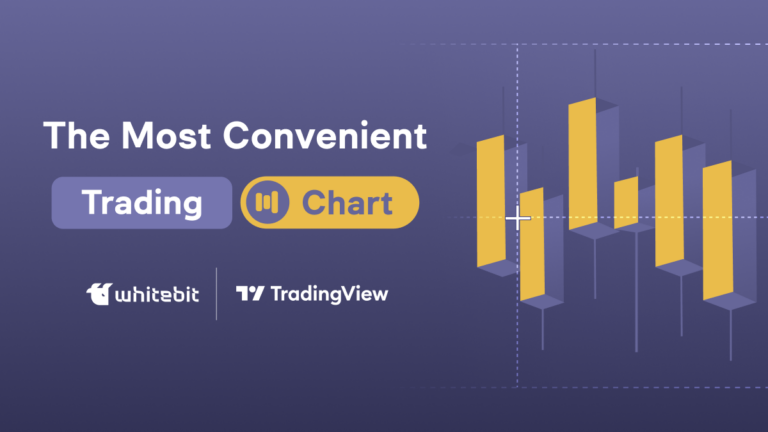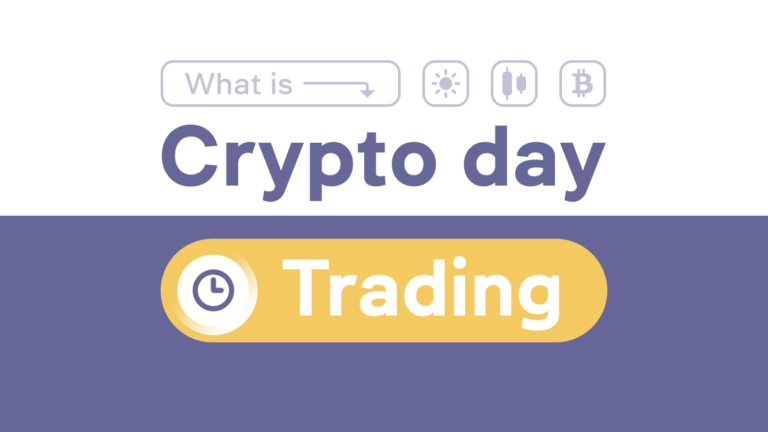What Is WEB3 Technology? Decentralized Internet Explained

Content
Imagine a version of the internet with embedded blockchain technology, where there are no middlemen and each user owns their data and can manage their digital footprint. In this article, let’s talk about Web3, the new generation of the internet that promises to turn our every online experience into an eye- and ear-less journey.
What Is Web 1.0 and Web 2.0?
To understand the concept of Web3, let’s go back to previous versions of the Internet:
- Web 1.0 was the first version of the “World Wide Web” (World Wide Web) from the late 1980s to the early 2000s. This was the era of static web pages, where users could only view content but not interact with it. Web 1.0 sites were primarily informational, and content needed to be updated. The main focus was on providing information, and user interaction was minimal.
- Web 2.0 is the second version of the Internet (the one we use now). It began to develop in the early 2000s and added dynamism and interactivity to the Internet. Dale Daugherty, vice president of O’Reilly Media Inc., first officially used the term in 2004.
Unlike the first generation, Web 2 0 sites evolved into Web applications available for users’ self-directed use. A little later, social networking and cloud services emerged. Prime examples of Web 2.0 are Amazon, Facebook and Twitter.
There is also the concept of Web 2.5, which signifies a transition period to Web 3.0. It combines elements of Web 2.0 with the beginning of the introduction of new technologies characteristic of Web 3 0. However, Web 2.5 has yet to be an officially recognized term.
Attention: Web 3.0 and Web3 are not the same thing! Let’s examine their differences.
What Is the Difference between WEB3 and Web 3.0?
Talking about the differences between Web 3.0 and Web3, let’s emphasize the chronology of appearance and the reason for its creation.
What is Web 3.0?
Web3 0 appeared before the advent of blockchain in 2006. One of the creators of the Internet, Tim Berners-Lee, described the semantic web as part of Web 3.0. After that, the concept of content gradation was proposed:
- Web 1.0 is a static internet where feedback from the user is only possible in a limited format, such as through forms on a website or email correspondence;
- Web 2.0 is an internet where users can create content, especially on blogs and social networks, but monetization of web2 content is only possible through centralized solutions;
- Web3.0 is an internet where people can generate content collaboratively and be rewarded for doing so. (Web 3.0 examples: Steem, Golos, Hive, Mirror, etc.)
The focus of Web 3 0 is on the semantic web, which improves data processing and interaction between systems. The concept of Internet 3.0 aims to optimize and integrate the Internet with the real world so that it can be perceived by humans, machine, and software. However, there is one downside—centralization. This is what served the emergence of Web 3.0.
What Is WEB3?
Web3 is a decentralized online ecosystem based on blockchain that offers users control over their data and the ability to participate in platform governance through decentralized autonomous organizations (DAO). It emerged thanks to the advent of blockchain in 2014; however, it gained popularity later. Gavin Wood, founder of Polkadot and co-founder of Ethereum, is behind the idea. In 2021, cryptocurrency enthusiasts, large tech companies, and venture capital firms have shown interest in Web3.
So, web3 and web2 difference is that in Web3 crypto world, a cryptocurrency wallet provides you with secure storage and management of digital assets and access to various services and platforms. It allows users to participate in financial transactions, voting, and other decentralized activities.
The term is quite fuzzy, and there needs to be a specific definition. Elon Musk, by the way, joked about web3:
Source: x.com
Still, web3 can be recognized thanks to the introduction of technologies, which we will discuss next.
What Are the Main Technologies Used in WEB3?
Applications of the Web3 period generally feature one or more of the items below.
Tokenization
In Web3, tokenization converts assets and rights into crypto tokens, including non-fungible tokens (NFT). This enables new forms of digital ownership and economic models where users can own and easily exchange unique digital assets. NFTs provide the ability to trade unique objects and artworks online, expanding opportunities for the digital economy.
Blockchain and Smart Contracts
Blockchain and smart contracts are the main technologies enabling decentralization and automation on the internet. As a distributed ledger, blockchain supports data transparency and security, eliminating the need for centralized governing bodies. Smart contracts embedded in blockchain automate the execution of agreements and processes without intermediaries, enabling decentralized applications and tokens to be created and managed. Altcoins extend these technologies’ capabilities by offering various solutions and enhancements to smart contracts and dapp.
VR and AR technologies
In Web3, VR and AR technologies enhance the user experience by creating new forms of interaction, empowering digital and real worlds, and providing innovative ways to interact with decentralized applications and content.
DAO
DAO allows decentralized projects to be created and managed without centralized structures, reducing the risks of corruption and abuse and increasing the transparency and participation of all stakeholders. DAO members can vote on proposals related to a project or organization using their tokens or other forms of participation.
Use of Artificial Intelligence (AI)
Web3 uses AI to make decentralized applications more intelligent and adaptive. AI helps analyze large amounts of data, improve user experience personalization, automate and adapt smart contracts, and enhance security by detecting anomalies and preventing fraud.
What Are the Core Ideas of WEB3?
Decentralization and Blockchain
Web3 is based on the principle of decentralization, which is achieved through blockchain technology. This means that data and processes are not managed by centralized organizations but are distributed among users. Blockchain provides transparency and security of transactions and allows the creation of decentralized applications (dapp) that do not depend on one central server.
*Because cryptocurrencies are inherently volatile, some projects use stablecoins crypto to create a more stable environment within the app.
Trustlessness
An important aspect of Web3 is the lack of need for trust in intermediaries. The system is built so that users can interact and conduct transactions without needing third parties, thanks to smart contracts that automate and guarantee the fulfillment of agreement terms.
Interoperability
In simple words, Web3 emphasizes the ability of different systems and blockchains to interact. This allows users and developers to move seamlessly between platforms and utilize their resources and services.
Spatial Web and 3D Graphics
Web3 incorporates the ideas of spatial web and 3D graphics, allowing users to create and interact with virtual worlds and three-dimensional spaces. This opens up new possibilities for creating immersive content and experiences such as virtual and augmented realities.
Ubiquity
The concept of ubiquity in Web3 implies that the Internet and related technologies will be available anywhere and anytime. This provides continuous access to digital resources and services, empowering users and businesses.
What Is Web3 Used For?
Thanks to decentralized technologies, Web3 creates new features and applications in different fields. Let’s see in which areas web3 is used:
- Metaverse. Web3 contributes to the meta-universe by decentralizedly managing virtual worlds and assets. Users can own, create, and share virtual objects and spaces in open and secure ecosystems.
- Blockchain-powered games. Web 3 crypto games use blockchain to create unique game assets and tokens that players can own and exchange. This allows for the creation of economies within games and allows for transparency and fairness in gaming.
- Creative Economy. Web3 helps content creators monetize their work directly by using NFTs to sell digital works and earn rewards without intermediaries.
- Decentralized Autonomous Organizations. Web3 supports the creation of DAOs that allow users to collaboratively manage projects and make decisions through smart contracts, enabling transparent and democratic governance.
- Decentralized Finance. As part of Web3, DeFi protocols offer an alternative to traditional financial systems by enabling users to make financial transactions such as loans, exchanges, and investments through decentralized protocols and smart contracts without intermediaries.
With Web3, new forms of participation in the network are emerging, which may include mining using less energy-intensive methods or other innovative solutions such as sustainable forms of staking, opening up new perspectives for users and developers.
Web 3 Examples
WB Soul
WB Soul is your internet identity in blockchain, a solution on the Whitechain blockchain that enables the creation of anonymous digital identity. Soul “synchronizes” with the state of an exchange account without exposing personal data on the public blockchain. For seasoned crypto-enthusiasts, this concept may resemble ZK Proof (zero-disclosure proof) technology, which allows data to be verified without disclosure. However, WhiteBIT has developed a fully personalized architecture, taking this idea further. The WB Soul Ecosystem serves as the foundation for various Web3 products.
Pocket Rocket
Pocket Rocket is a Web3 space game for the Whitechain community. In the game, you can collect crystals, upgrade ships, hunt asteroids, and even form alliances. Simply put, it’s a great recreational option for newcomers just getting acquainted with cryptocurrency.
Web2 vs WEB3
| Web 2.0 | Web3 | |
| Data exchange | Data is stored on centralized servers | Data is distributed and stored in a blockchain |
| Centralization | Centralized platforms and services | Decentralized networks and platforms |
| Data control | Data and content management in the hands of large companies | Users control their data |
| Anonymity | Limited anonymity | Increased anonymity and privacy |
| Examples of technologies | Social networks, cloud services | Blockchain, smart contracts, NFT, DAOs |
| Monetization models | Advertising, subscriptions, centralized models | Tokenization, decentralized finance (DeFi) |
Advantages and Disadvantages of Web3
Web3 Pros:
- Decentralization: Reduces dependence on centralized platforms and organizations.
- Privacy: Improved data protection and control over personal information.
- Security: Using blockchain technology provides greater protection against hacking and manipulation.
- Innovation: Supports the development of new decentralized applications and financial instruments.
Web3 Cons:
- Complexity: Technical complexity can make it challenging to use and understand for general users;
- Scalability: Scalability and performance issues can limit efficiency;
- Regulation: Lack of clear regulatory guidelines can create legal risks and uncertainty;
- Low Adoption: Web3 technologies are still in the early stages of development, and mass adoption will require time, effort, and widespread acceptance by users and regulators.
Web3 Future
The future of Web3 promises to revolutionize the internet by offering a decentralized, open, and secure internet where users will have full control over their data and interactions. With blockchain technology, smart contracts, and dapp, Web3 will create a new paradigm for the internet. Traditional centralized platforms will be replaced by decentralized systems that provide greater transparency and control. There is also a view that CBDC crypto can act as a bridge between traditional financial systems and decentralized Web3 technologies, helping to ensure a smoother transition and interoperability.
Various foundations are helping to popularize Web3.
What Is the Web3 Foundation (W3F)?
The Web3 Foundation (W3F) is a non-profit organization that supports developing and adopting Web3 technologies. It funds and develops projects to create decentralized and secure Internet applications like Polkadot and Kusama.
WB Network Foundation
The foundation provides grants and resources to blockchain and Web3 technology projects, facilitating their integration into various economic areas. The foundation’s main goal is to support innovative ideas and implement cutting-edge solutions that will help expand the use of blockchain technology and drive the ecosystem’s growth.
Web 3 also offers good investment opportunities.
How to Invest in WEB3?
Investing in Web3 can be done through several avenues: buying cryptocurrencies and tokens of Web 3 projects, participating in DeFi to generate revenue from staking and liquidity, investing in NFT to acquire unique digital assets, and investing in startups and new technologies through venture capital funds and crowdfunding.
The Bottom Line
Web3 represents a new technological wave and a revolution in how we perceive and use the Internet. With the introduction of decentralized applications and smart contracts, Web3 opens up new opportunities for us to create innovative solutions without the involvement of centralized bodies and intermediaries.
FAQ
Web 3.0 is a semantic web concept focused on brighter understanding and processing of data, improved personalization, and information integration for better interaction.
Web3 is still evolving, adopting new technologies, and expanding its influence in decentralized applications and finance.
Web3 is the decentralized internet as a whole. Metaverse, on the other hand, represents virtual spaces and ecosystems that can utilize Web3 technologies but focus on creating an immersive digital world.
The best Web3 tokens include projects like Ethereum (ETH), Polkadot (DOT), Chainlink (LINK), and Uniswap (UNI), which play a key role in decentralized applications and financial services.
Web3 coins function as the primary currency and means of exchange in a blockchain network, while tokens are created from existing blockchains and can represent different assets or functions within decentralized applications.


